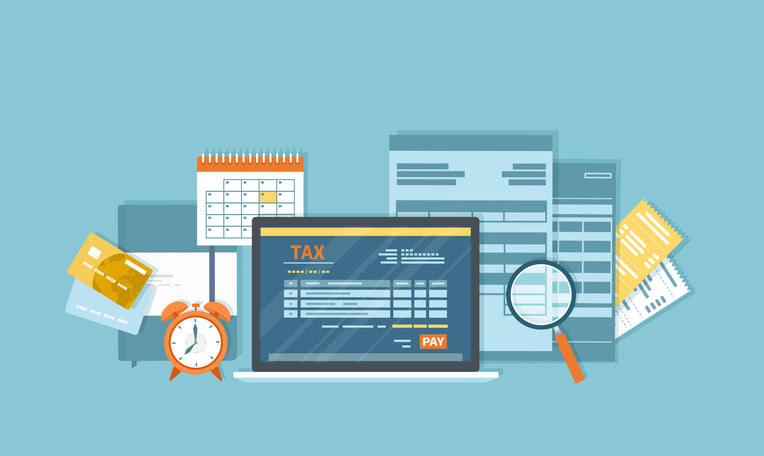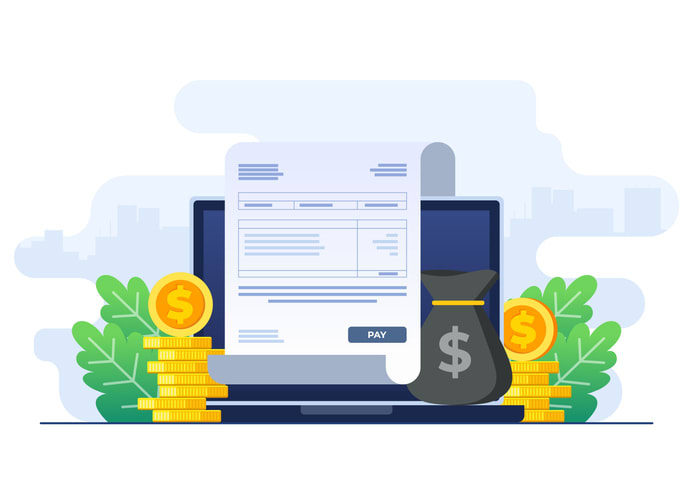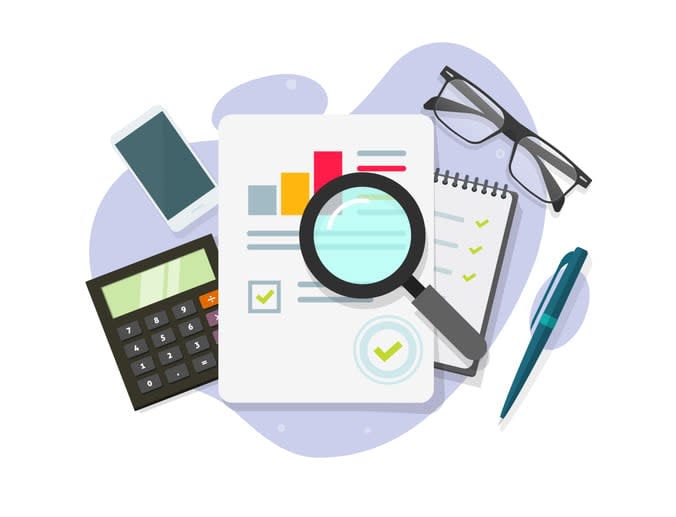Navigating a balance sheet? It features assets, liabilities, and shareholders’ equity at its core. This information encapsulates what a company owns, owes, and the value held by its investors. In the coming sections, we’ll unpack these elements to illustrate how they are essential indicators of a business’s financial strength.
Key Takeaways
- The balance sheet is a financial statement that illustrates a company’s financial position at a particular moment. It highlights assets, liabilities, and shareholders’ equity based on the fundamental equation: Assets = Liabilities + Shareholders’ Equity.
- Key components of a balance sheet include current and noncurrent assets, short-term and long-term liabilities, and shareholders’ equity, which together narrate a company's financial health and obligations.
- Analysis of a balance sheet through financial ratios and comparisons across time periods or with other companies can reveal trends, measure performance, and provide insights into a company’s financial stability, liquidity, and operational capabilities.
The Balance sheet explained

From startups looking to grow to established enterprises, the balance sheet encapsulates every company's financial position. It serves as a snapshot, unveiling the company’s assets’ magnitude and obligations.
The balance sheet, breaking down a company’s resources and liabilities, provides insight into its financial well-being, liquidity, and operational capacities.
Investors examine the balance sheet to comprehend a company’s net worth, while creditors assess it to evaluate a business’s debt repayment capabilities. In essence, a well-prepared balance sheet is a storytelling tool, weaving together numbers and categories to narrate the financial saga of a business at any given moment.
Analysts and investors receive quarterly or annual insights based on balance sheets, These identify market growth, challenges, and opportunities, which they typically discuss and consider for investment purposes.
The balance sheet equation
The elegance of a balance sheet lies in its simplicity, governed by the fundamental balance sheet equation: Assets = Liabilities + Shareholders’ Equity. This equation is the pulse of every balance sheet, confirming that a company’s possessions always equal its debts plus the shareholders’ net value. This financial equilibrium necessitates that each debit corresponds with a credit, thus preserving the delicate balance integral to a balance sheet’s integrity.
The balance sheet equation is more than a formula; it is the genetic code of accounting, intertwining the threads of financial reporting to secure accuracy and reliability in each line item
Financial snapshot
The balance sheet is like a photograph, capturing a company's financial condition at a specific moment in time. It’s static, yes, but it’s also an invaluable snapshot, offering a clear and concise picture of where a company stands financially when the clock stops ticking at the end of a reporting period. This glimpse allows stakeholders to assess the company’s financial health and make informed decisions about its future.
The company’s financial position narrates the company's possessions, debts, and the financial risk it carries at that specific moment. All companies should have an online forum or discussion post to keep teams informed about financial issues before workers read about them (especially negative press) in the news.
Key Components of a Balance Sheet

A balance sheet’s structure is as methodical as it is insightful. With assets on one side and liabilities plus shareholders’ equity on the other, it’s a layout designed for clarity and comprehension. Assets represent the company’s owned resources, essential for its day-to-day operations and future growth.
Liabilities, on the flip side, are the company’s financial obligations, a testament to the confidence and trust that lenders and suppliers have placed in the business. Together, these elements form the foundation of the balance sheet, each narrating a part of the company’s financial journey.
Assets
Assets are the fuel that powers a company’s engine, categorized on the balance sheet as either current or non-current. Current assets, like a treasure chest ready to be unlocked, include liquid items such as cash, inventory, and receivables that are expected to be converted into cash within a year. On the other hand, fixed assets are the long-term investments—like land, buildings, and machinery—that a company uses to produce goods and services over several years. By understanding the company’s assets, including the company’s total assets, one can better analyze the organization's financial health.
Intangible assets, such as elusive and often challenging-to-value resources like patents and trademarks, can significantly influence a company’s financial position.
Liabilities
Liabilities are the shadows on a balance sheet, representing the money that a company owes to others. These financial commitments are split into current liabilities, which are due within the upcoming year, like short-term loans and accounts payable, and long-term liabilities, which stretch beyond the horizon of the next twelve months. Current liabilities are akin to the bills lurking in your mailbox, while long-term liabilities are more like a mortgage—a promise of future payments.
When stacked against a company’s assets, these liabilities present a clear image of its financial obligations and stability.
Shareholders' Equity
Shareholders’ equity is what remains when the dust settles, the residue of the company’s assets after all liabilities have been paid off. It’s a blend of stock values, paid-in capital, and retained earnings—the profits that have been reinvested in the company rather than paid out as dividends. This equity represents the owners’ stake in the company, a gauge of its net worth and a testament to its investors' confidence in the business’s future.
Shareholders use it as a scorecard to gauge the return on their investments and the company’s capacity to generate value over time.
Analyzing a balance sheet

Peering into a balance sheet can be as revealing as an X-ray, showing the inner financial workings of a company. Analyzing this document is crucial for comprehending the company’s present financial condition and its potential for future success. By exploring the relationship between different line items, analysts can discern the company’s capital structure, measure its performance, and calculate the risk associated with its operations.
Such detailed examination provides an inclusive view of the company’s financial position and aids in making decisions regarding investments, lending, and management strategies.
Financial Ratios
Financial ratios are the lenses through which analysts view the balance sheet, magnifying the details of a company’s financial health. The debt-to-equity ratio, for instance, reveals how much a company relies on borrowing compared to the funds provided by its shareholders. A higher ratio could wave a red flag, signaling that the company might be over-leveraged and at a higher risk of financial distress.
The current ratio, another crucial measure, assesses whether the company has enough short-term assets to cover its short-term liabilities, offering insights into liquidity and cash flow. Collectively, these ratios assist in illustrating a holistic image of the company’s financial health and its capacity to fulfill both immediate and long-term obligations.
Comparing Balance Sheets
Context is key when it comes to balance sheets, and comparison over time is like reading the chapters of a book in sequence—it helps you understand the story’s progression. By lining up balance sheets from different periods, one can spot trends, identify patterns, and predict a company’s financial trajectory. Equally important is the comparison with other companies within the same industry, which provides a benchmark to gauge relative strength and competitiveness.
This comparative method highlights a company’s position and provides essential strategic planning and performance enhancement insights.
Real-Life balance sheet examples

Balance sheets are not just theoretical constructs; they are real-world financial maps used by some of the largest companies on the planet. Here are some examples:
- Apple boasts over $150 billion in cash and cash equivalents, showcasing the liquidity that supports its innovative ventures.
- Tesla Motors lists its groundbreaking Gigafactory as a long-term asset, demonstrating the scale of its investment in the future of transportation.
- ExxonMobil has substantial long-term liabilities.
- Walmart has operational liabilities.
- Amazon focuses on retained earnings.
A company’s balance sheet reflects its unique industry and strategy, providing insight into its financial health.
These documents provide insight into businesses' various methods to structure their finances and allocate their resources.
Preparing a Balance Sheet

Drafting a balance sheet is like assembling a puzzle, with each piece meticulously placed to form a complete picture. The process starts with a heading that clearly states the company’s name and the date of the financial snapshot. From there, assets and liabilities are listed and tallied, ensuring that the sum of liabilities and equity equals the total assets—proof that the balance sheet is perfectly balanced.
Contemporary accounting software can simplify this process by automating calculations and ensuring accuracy, thereby making the task less intimidating and more productive.
Limitations and Challenges of Balance Sheets

Despite their crucial role in financial reporting, balance sheets are not without their challenges. Some of these challenges include:
- They offer a static perspective, frozen in time and unable to account for changes that occur after the reporting date.
- The historical cost of assets recorded on a balance sheet may not reflect their true current value, potentially skewing the financial representation.
- Managerial judgment influences how certain items are valued, introducing subjectivity and variability in the reported figures.
Acknowledging intangible assets, accounts receivable, and off-balance sheet liabilities adds complexity, underscoring that while balance sheets are invaluable, they are not devoid of errors.
The Role of Balance Sheets in Financial Statements

A balance sheet does not stand alone; it is intricately linked to other financial statements, including income and cash flow statements, forming a network that provides a multi-dimensional view of a company’s financial health. Income statements and cash flow statements, when analyzed in conjunction with the balance sheet, offer a deeper understanding of a company’s profitability, liquidity, and operational efficiency through the lens of a financial statement.
For example, the balance sheet’s accounts are crucial in calculating cash flow, demonstrating the interaction between these documents and their combined significance in financial analysis.
Summary
As we’ve traversed the expanse of balance sheets, we’ve uncovered their purpose, structure, and the stories they tell about a company’s financial health. From the fundamental equation that keeps them balanced to the real-life examples that bring them to life, balance sheets are more than just numbers on a page—they are narratives of past decisions, present conditions, and future possibilities. They are the foundation upon which businesses build their strategies and investors make their choices. As you step away from this guide, carry with you the understanding that balance sheets are powerful tools, and when used wisely, they can open doors to informed financial decision-making and robust economic insight.
Frequently Asked Questions
The main components of a balance sheet are assets, liabilities, and shareholders' equity, with assets including current and non-current items and liabilities categorized as current or long-term (Investopedia).
The balance sheet equation maintains a balance by ensuring that a company's total assets always equal the sum of its liabilities and shareholders' equity, guaranteeing an accurate reflection of its financial position.
Comparing balance sheets over time is significant because it helps analysts identify trends, assess financial stability, and predict future performance, providing valuable insights for strategic decisions and investment evaluations.
Balance sheets have limitations due to their static nature, use of historical costs, subjectivity in professional judgment, and exclusion of certain intangible assets and off-balance sheet liabilities, which can impact the accuracy of financial representation. It's important to consider these factors when analyzing a balance sheet.
Balance sheets interact with other financial statements by providing a comprehensive view of a company's financial health and contributing to the calculation of cash flow and insights into profitability, liquidity, and operational efficiency.





